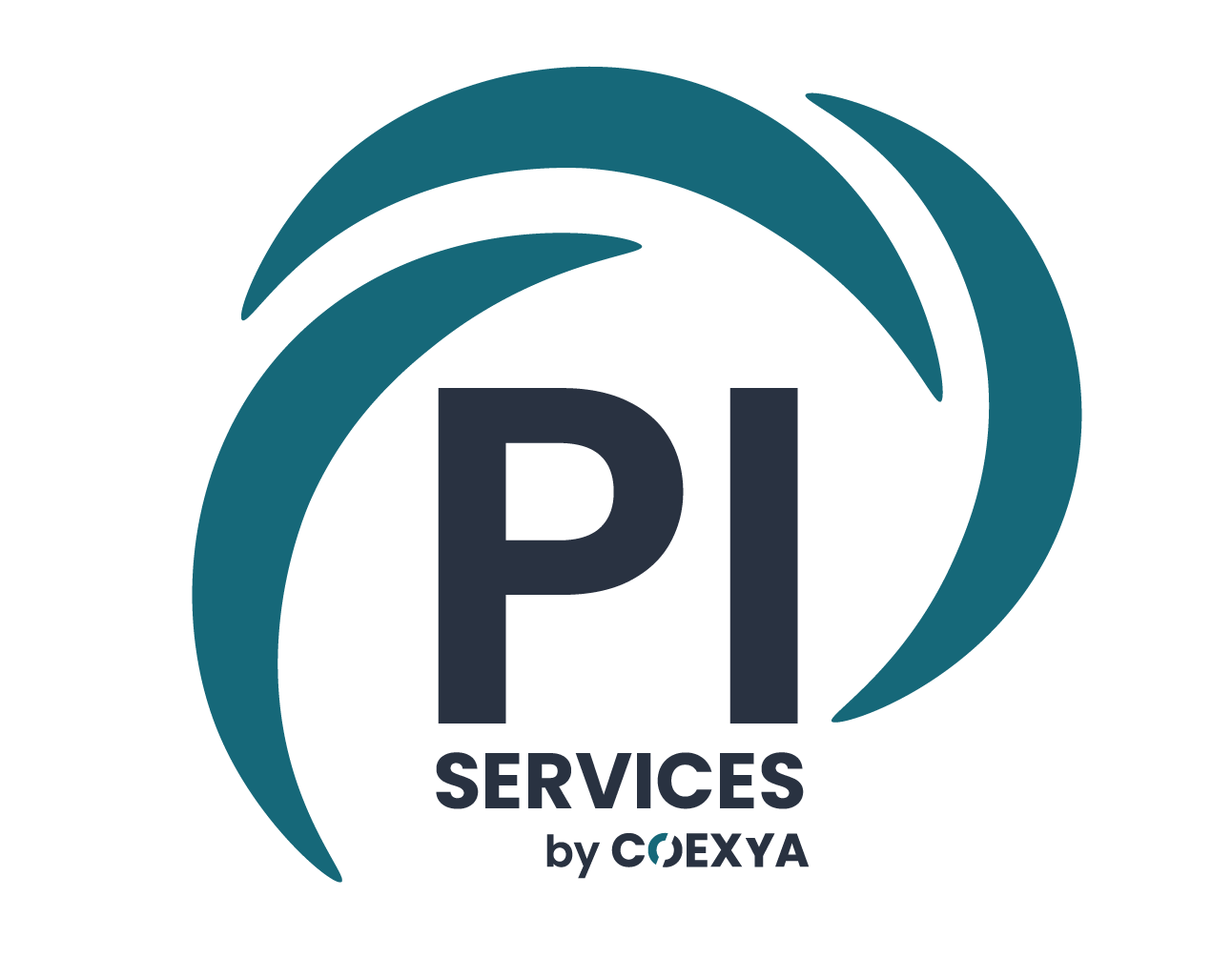Une mise a jour du script proposé récemment, utilisant la nouvelle version de l’API de Vcenter.
### QUERY VCENTER REST API (v7) TO GET VM LIST ###
$user = ‘myaccount’
$pswd = Read-Host -Prompt "Enter Password"
$vCenterName = ‘MyVcenter’
$encoded = [System.Text.Encoding]::UTF8.GetBytes(($user, $pswd -Join ‘:’))
$encodedPassword = [System.Convert]::ToBase64String($Encoded)
$authHeader = @{
Authorization = "Basic $($EncodedPassword)"
}
$sRest = @{
Method = ‘Post’
Uri = "https://$($vCenterName)/api/session"
Headers = $authHeader
}
$result = Invoke-RestMethod @sRest
# Get TokenID
$authHeader = @{
‘vmware-api-session-id’ = $result.value
}
# Get All Hosts
$gethosts = "https://$($vCenterName)/api/vcenter/host"
$resultgethost = Invoke-RestMethod -Uri $gethosts -Headers $authHeader
$hostidlist = $resultgethost.value.host
# For each host, get all VMs
foreach ($hostid in $hostidlist)
{
$get_vm = "https://$($vCenterName)/rest/vcenter/vm?filter.hosts=$hostid"
$resultvm = Invoke-RestMethod -Uri $get_vm -Headers $authHeader
[array]$FinalTableau += $resultvm
}
# Display Result
$FinalTableau.value | select name,power_state
# Output to CSV
$CsvTab = $FinalTableau.value | select name,power_state | ConvertTo-Csv -Delimiter ';' -NoTypeInformation
$CsvTab | Out-File .\VMList.csv

0 commentaires